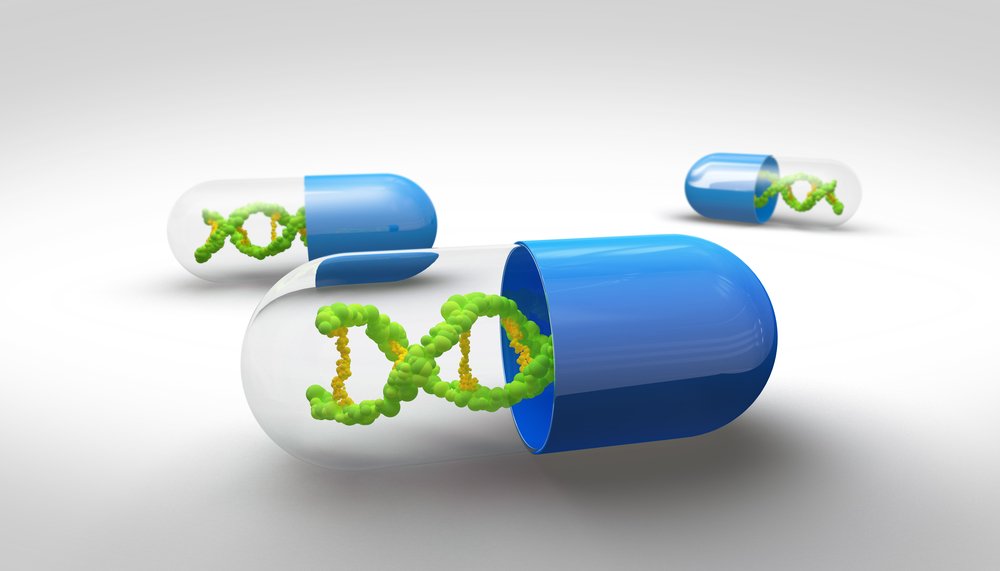Improvements in Gene Therapy Carriers Key Step in Hemophilia Treatment Development

Although gene therapy for hemophilia has reached clinical testing in humans, researchers continue to work toward improved delivery systems of the treatment — not an easy task considering the large size of the human factor VIII gene.
In a study titled “Characterization of Adeno-Associated Viral Vector-Mediated Human Factor VIII Gene Therapy in Hemophilia A Mice,” researchers at the University of Pennsylvania designed and compared 42 variants of a virus vector in mice with hemophilia A. The work was published in the journal Human Gene Therapy.
The research team, led by James M. Wilson, MD, PhD, director of the Gene Therapy Program at Penn, used a so-called adeno-associated virus, or AAV, to deliver the gene therapy. The virus is unable to cause disease, and is a popular choice among researchers developing human gene therapies.
But for the therapy to be effective, the gene, inserted into the virus genome, needs to be expressed in an adequate manner once it is inside the body.
In addition to the part of a gene that encodes a protein, a gene also holds stretches of DNA that help in determining how much of the protein is produced.
The team constructed combinations of various parts of the gene that control its activity — bits and pieces that can be viewed as amplifiers in an audio setup. They then transferred the virus to mice that lacked a factor VIII gene. Hemophilia A is characterized by a deficiency in the clotting factor VIII due to genetic mutations.
Researchers then measured how much of the gene was expressed in the liver of the mice. The team also tested various types of capsids — the virus capsule that encloses the viral genome.
They noted that both the control stretches of the gene, known as promoters and enhancers, as well as the virus capsid, impacted the effectiveness of the treatment.
Although the virus does not cause disease, it is recognized by the immune system that produces antibodies against it. Since such antibodies can render the treatment less effective, or even prevent it from working, the team also measured the levels of antibodies produced against the various gene therapy carriers.
“Dr. Wilson’s group and their colleagues at Dimension Therapeutics continue to improve the design of AAV vectors designed to treat the more common form of hemophilia, hemophilia A,” Terence R. Flotte, MD, editor-in-chief of the journal and a professor of medical education and dean, provost, and executive deputy chancellor at the University of Massachusetts Medical School, said in a press release.
“These design improvements are crucial as the practical application of gene therapy for hemophilia progresses,” Flotte added.






